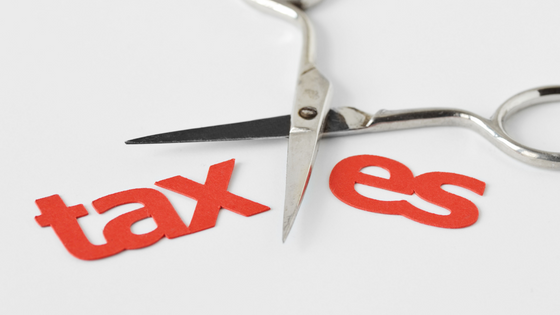Nonprofits: Take Another Look at Inflation Reduction Act Tax Breaks

When the Inflation Reduction Act (IRA) became law in late 2022, you might have assumed that the tax breaks it contained wouldn’t affect your tax-exempt organization. That’s not the case. One IRA provision could help reduce construction project costs if you use energy-efficient materials and qualified labor. Another could provide direct cash payouts of certain tax credits. It’s time to take a second look at the IRA.
All tax-exempt entities included
After the Consolidated Appropriations Act of 2021 made the IRC Section 179D tax deduction for energy-efficient buildings permanent, commercial property and certain residential property owners could use the deduction by assigning it to qualified “designers.” Eligible owners included some government entities, but not the vast majority of nonprofits.
With the IRA’s passage, all tax-exempt entities became entitled to allocate their building tax deductions to qualified designers. You may already prioritize energy efficiency because it aligns with your mission and values — or simply to cut future utility expenses. Now, the Sec. 179D deduction may help you reduce up-front costs on construction projects that incorporate sustainable materials.
Qualified designers create technical specifications for the installation of energy-efficient commercial building property. Installation, repair or maintenance of such property isn’t sufficient to qualify for the deduction. Designers may include architects, engineers, contractors, environmental consultants and energy services providers.
A look at the process
To see how the allocation process works, let’s look at an example. Say that your nonprofit plans to build a 40,000 square foot, LEED-certified building and that you have $200,000 in tax deductions to allocate to qualified architects, engineers and other construction professionals. You may allocate the entire Sec. 179D deduction to a single designer or make proportional allocations to multiple designers. This can help you negotiate a better overall price for the project.
The exact deduction amount will be determined through a Sec. 179D study obtained by the designer. The study is performed by a qualified contractor or professional engineer who will make a site visit to your property to confirm that it has met or will meet energy savings requirements. You’ll also need to sign an allocation letter that includes the cost of the energy-efficient property (including labor); the date the property is placed in service; the amount of the Sec. 179D deduction allocated to the designer; and a declaration that the information presented is true and complete.
Note that you’re prohibited from seeking or accepting payments from a designer in exchange for providing an allocation letter. And you can’t require a designer to pay you a portion of the deduction’s value.
Cash refunds for tax credits
In addition to expanding availability of the Sec. 179D tax deduction, the IRA allows eligible tax-exempt organizations to receive certain tax credits as cash payments from the IRS. Previously, most tax credits were of no use to nonprofits.
The “direct pay” provision allows organizations to participate in clean energy benefits related to such credits as the Investment Tax Credit, Production Tax Credit, Advanced Manufacturing Production Credit, Commercial Clean Vehicle Credit and Alternative Fuel Vehicle Refueling Property Credit. The IRS makes credit payments after an eligible nonprofit files its return for the applicable year.
Seek advice
Contact us for a full list of federal tax credits that can potentially allow your nonprofit to receive cash payouts. And if you’re contemplating a building project, ask us about qualifying for Sec. 179D deductions.
© 2024

